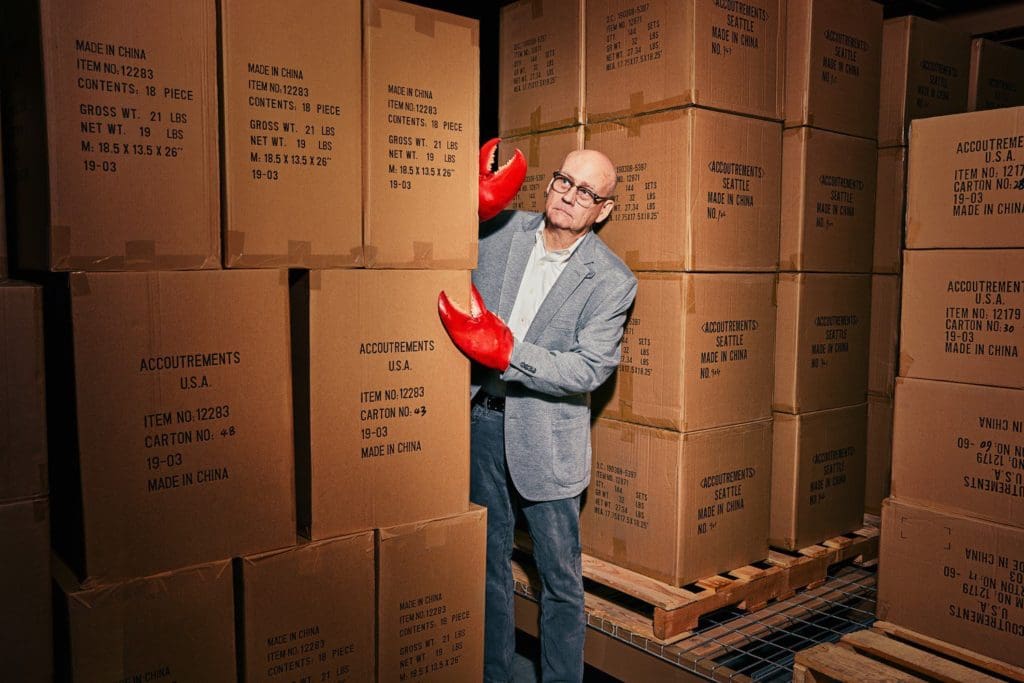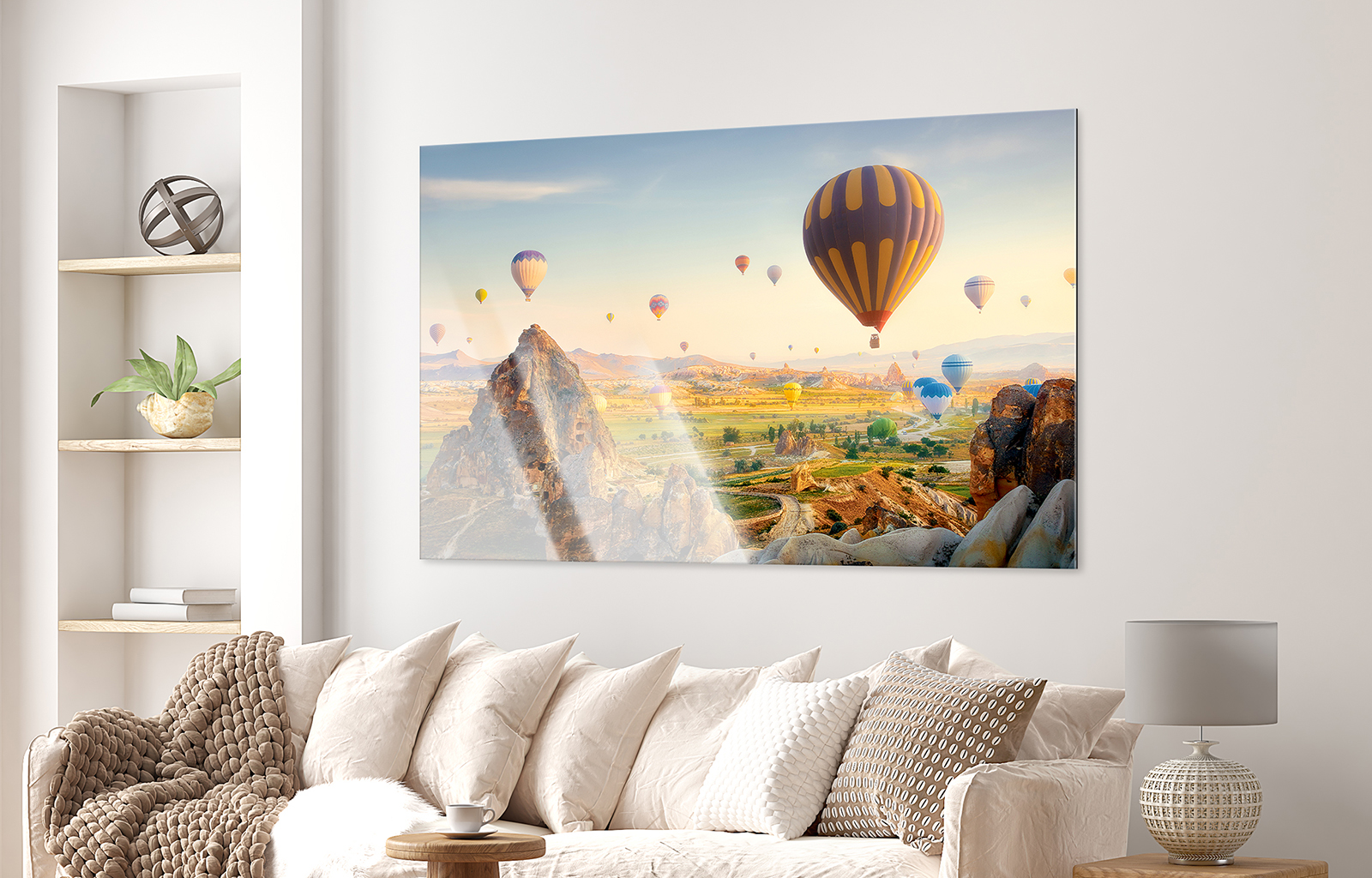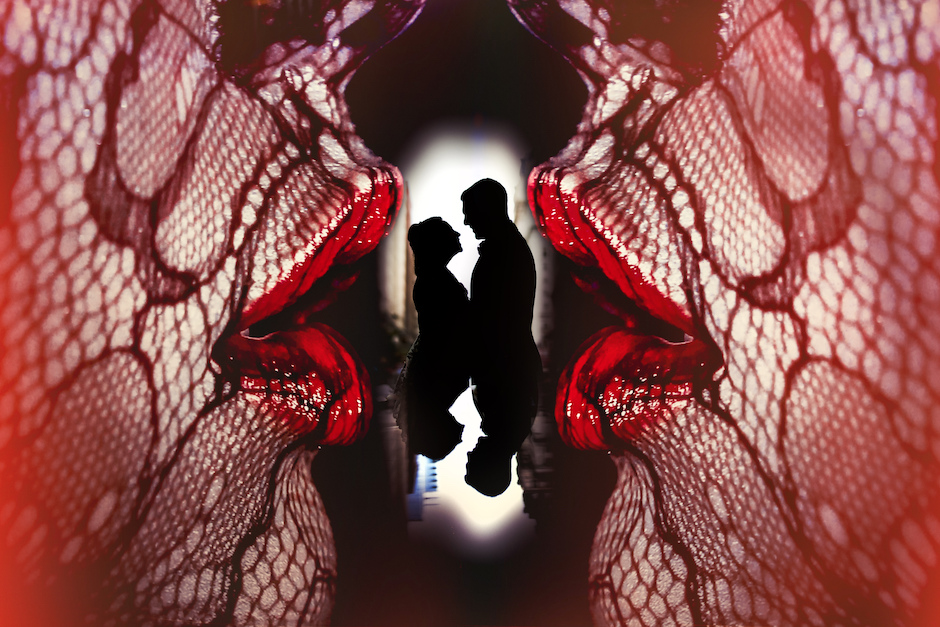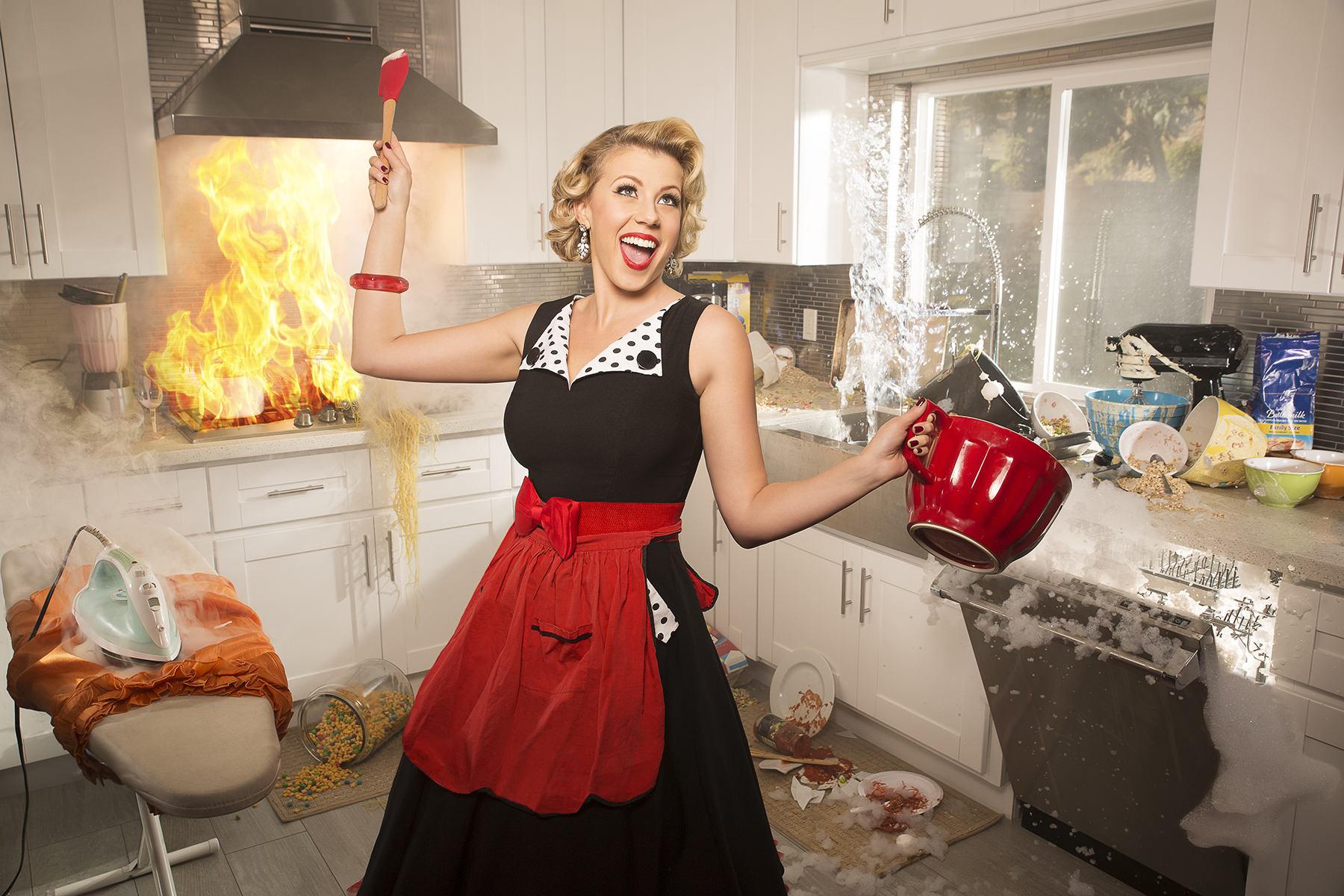Sponsored Post

Quinn Russell Brown, Grand Prize winner in the professional category of the Faces Portrait Photography competition, was recognized for his portrait of Mark Pahlow, founder and CEO of the gag-gift company, Archie McPhee. We caught up with the editorial and commercial photographer to find out more about his shoot with this “irreverent inventor” for Seattle Met.
How did your assignment with Seattle Met come about? Had you worked with them before?
Quinn Russell Brown: Seattle Met is a monthly magazine about city life. I had worked with one of their art directors, Nate Bullis, for another magazine in the past. He knew my work and that I liked photographing unconventional things. I think this assignment needed somebody who could be eccentric without going overboard. The company makes rubber chickens and other novelty products. It would have been easy to take the assignment and run fast and far with it, but I try not to be too over-the-top, even when humor is involved—I want the person to come across as dignified.
Tell us about the shoot day of the shoot.
QRB: This was shot at the company’s massive warehouse where we were surrounded by thousands of products like horse-head masks and chattering teeth. It was a bit overwhelming. I liked the idea of shooting in front of shipping boxes, which simplified the color and composition but also helped tell the story.
The CEO looks like he could be any other businessman, so we needed to individualize him. Initially, I thought about having him peek out from behind the boxes in a slightly off-putting way. Then, in a pile of random products, we found a pair of lobster claws. They’re red, which is great, but they also symbolize all of the weird objects hiding in the other boxes. I knew this would make the picture work.
That’s my favorite part of a shoot: that moment when the chaos comes together and it clicks. It’s like when you got your locker combination right in high school and the locker popped open. That’s the moment when I can breathe.

What were you hoping to achieve through this image?
QRB: It needed to be a horizontal image that crossed the gutter of the magazine, so that was important to keep in mind. But in general, I just tried to create an interesting visual experience for the viewer. It’s not that the story comes second, necessarily, but fulfilling the story doesn’t matter to me if my picture is boring.
My mentor, the art director Ken Shafer, gave me the language for this: “You have to engineer interest on every page.” The audience is not a given. They won’t care until you convince them to. That’s why designers are obsessed with first impressions.
Photographers could learn a lot from that because we tend to assume people care about the work just because we do. But in the age of constant scrolling, how do you take a picture that actually makes people stop? I’m not talking about hacking the algorithm. I’m just talking about telling a joke everybody hasn’t heard before. Have you heard the one about the businessman who has lobster claws for hands, hiding behind a stack of shipping boxes from China? Probably not.
In what ways do you see this shoot informing future shoots?
QRB: I like to say that every photo shoot is a chance to learn what not to do in future shoots. During this shoot, I made a series of small technical mistakes that I won’t make again in the future. The larger lesson that I’m constantly reminded of is that pictures live longer when you spend time on them. This wasn’t a simple shoot. It took half a day, and post-production was time-consuming. But after we wrapped, I went to lunch with my assistant and the art director. We could have just gone home, because the job was done and we were off the clock, but instead we had the chance to get to know each other.
In 2019, you were selected to be in an exhibition at The National Portrait Gallery. What did that mean for you and your career?
QRB: It’s the greatest honor of my career because I know the importance of the gallery. I don’t believe there is a better place to see the intersection of American art and American culture. My picture, a portrait of civil rights activist DeRay Mckesson, is hanging down the hall from Kehinde Wiley’s painting of Barack Obama.
Given the state of things in the world, I’m also proud to have an explicitly political image on display in a federal government building. State-sanctioned violence against black people has happened throughout American history, but we all know that there’s a certain intensity in the Trump era. Every person who walks by this portrait is being told that black lives matter. Meanwhile, DeRay is currently involved in a huge court case over free speech, and the ACLU has asked the Supreme Court to take it on. There are crucial First Amendment rights at stake, and I would encourage everyone to look up the case: Doe v. Mckesson.

What was it like for you to photograph DeRay Mckesson?
QRB: The shoot was brief. People always ask me what he was like, but when you only have a few moments with someone, you shouldn’t use that interaction to define them for other people. Personally, I don’t try to force conversations during these 5-minute shoots. I care about the picture, not about meeting someone, and I think people actually respect that. I just try to make a good picture really fast and not be clumsy or a jerk in the process. That’s the sport of it.
One thing I ask people is what music they’ve been listening to because that’s something we all have in common. So it’s a genuine form of small talk. I mainly listen to rap and R&B, but I try to be fluent in all genres, because some people aren’t going to want to talk about Frank Ocean and Future.
Besides that, I say a bunch of tedious things like, “Look left with your eyes, but turn your head to the right, and can you raise your chin a little?” It can get tiresome, I’m sure. When I was photographing Dan Rather, I put him through an obstacle course of tiny movements like that. And at the end he said, “I guess this is why Eisenhower said that photographers are the only true dictators.” And when you think about it, it’s true. I’ve gotten to boss around Hollywood actresses, NBA players, astronauts and even a Supreme Court justice. Who else gets to do that?
To see more of Quinn Russell Browns work visit his website or follow him on Instagram @quinnrussellbrown.





